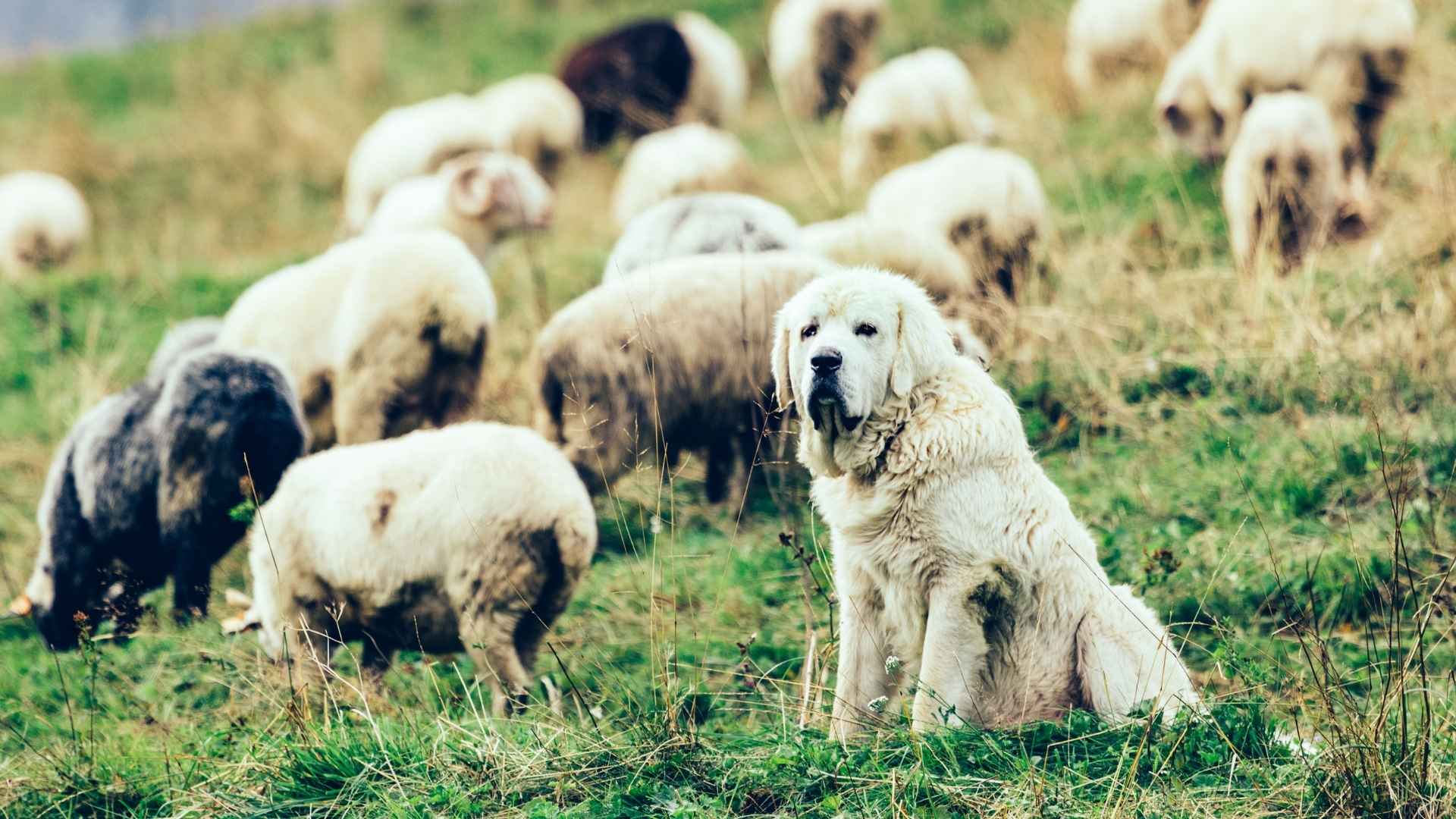In mountainous regions where sheep farming thrives, protecting livestock from predators like leopards poses a constant challenge. Shepherds have long relied on specially bred guard dogs to keep their flocks safe in rugged terrain. These remarkable canines are selected and trained specifically to deter large carnivores through their courage, strength, vigilance, and unwavering loyalty.
Living alongside sheep in challenging hill environments, these breeds have developed the agility to navigate steep inclines, sharp senses to detect danger, and the protective instincts necessary to confront formidable predators head-on.
Their presence alone often discourages attacks, making them indispensable partners to shepherds seeking harmony between livestock and wildlife. Each breed has evolved unique physical attributes, temperaments, and working styles adapted precisely to their environment and predator type.
Here are seven exceptional dog breeds renowned for guarding sheep from leopards in hilly regions, showcasing resilience, bravery, and dedication to their herds.
Dog Breeds That Guard Sheep From Leopards In Hills
1. Kuvasz
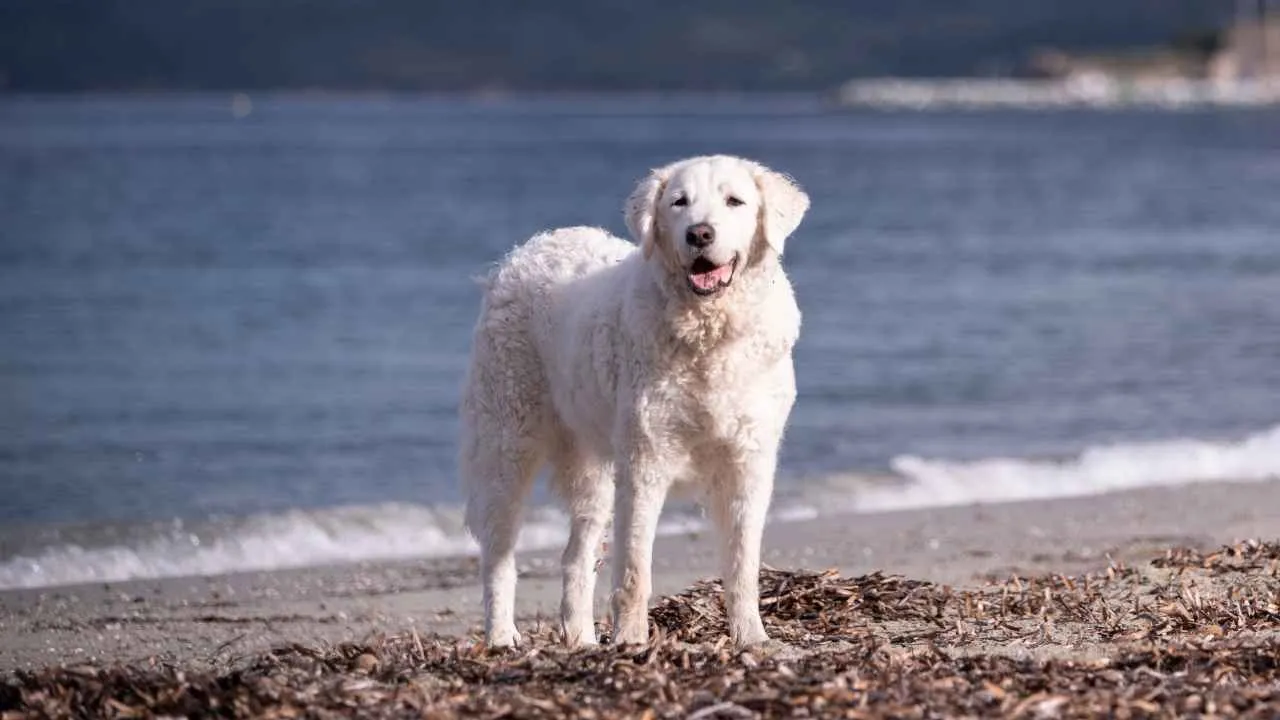
The Kuvasz is an ancient Hungarian breed, specifically developed to protect sheep in rugged, hilly terrain from predators like leopards. Its distinctive white coat offers camouflage among sheep and helps shepherds easily spot their guardian from a distance. The dense, insulating fur ensures comfort outdoors in harsh mountain climates.
Known for exceptional agility, Kuvasz dogs effortlessly navigate steep slopes and rocky landscapes. Their athletic build and endurance allow them to patrol large grazing areas tirelessly. Quick and responsive, they intercept predators swiftly, preventing harm before threats reach the flock.
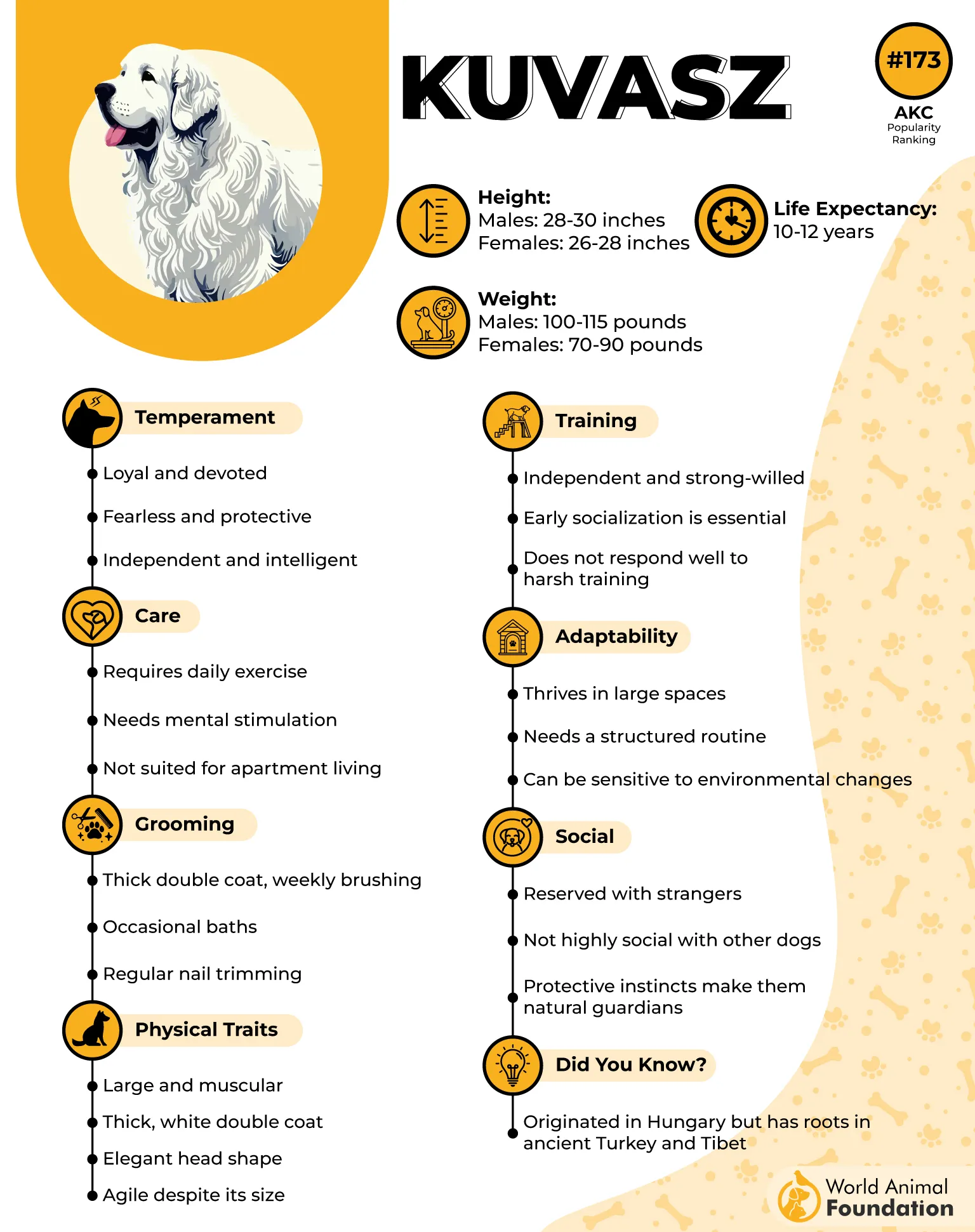
Kuvaszok are capable decision-makers, often working effectively without direct human supervision. Their autonomy is especially valuable in remote hill pastures where shepherd intervention may be infrequent. According to the AKC, training with consistent guidance and positive reinforcement encourages their cooperation and reliability.
Despite their formidable protective instincts, Kuvasz dogs maintain a calm, gentle presence among livestock. They rarely cause unnecessary excitement or agitation, helping sheep feel secure and relaxed. Quiet vigilance is a hallmark of their behavior, reserving action and vocalization for genuine threats.
When confronted with danger, Kuvaszok display remarkable bravery and strength. They willingly place themselves directly between predators and the sheep, firmly standing their ground without hesitation.
Fun Fact
Historically, Kuvaszok were treasured by Hungarian royalty, often entrusted with personal protection due to their loyalty and courage.
2. Komondor
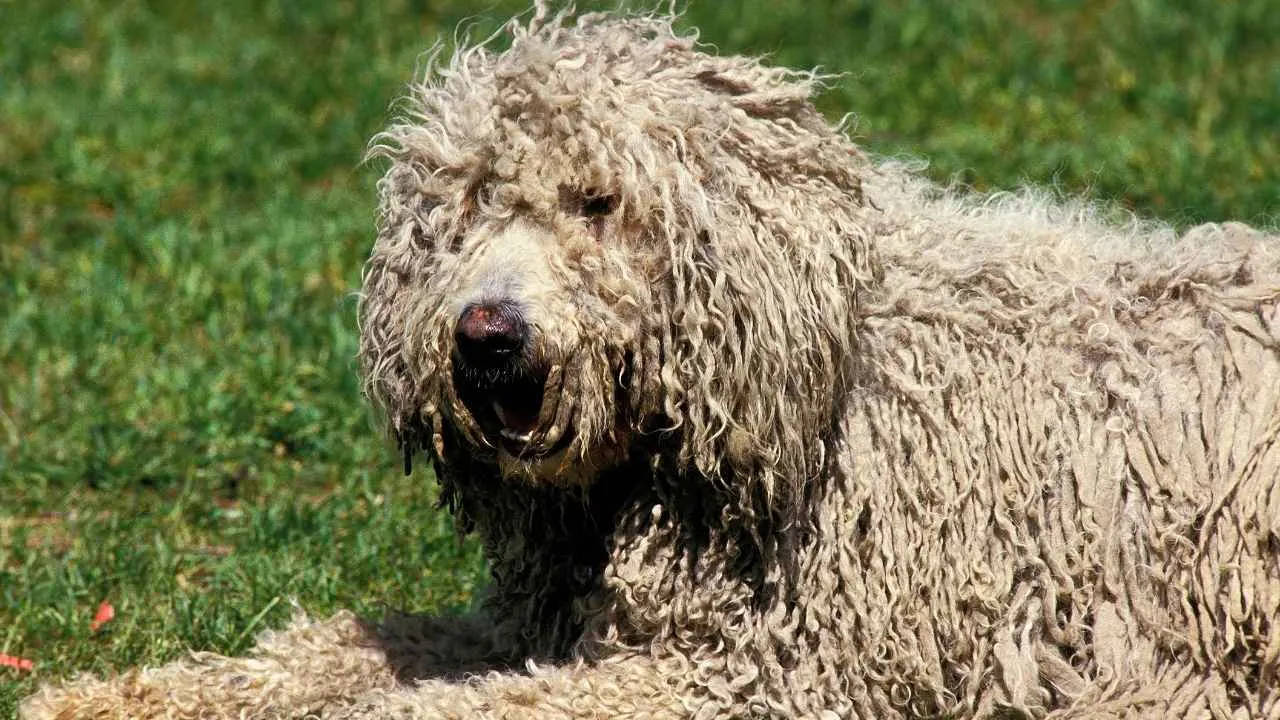
The Komondor, originating from Hungary, is instantly recognizable for its unique corded coat, which resembles dreadlocks. This unusual coat provides essential protection against bites from predators like leopards and harsh mountain weather conditions. Beyond practicality, the cords also help the dog blend seamlessly among sheep, disguising it from predators until confrontation becomes necessary.
Komondors are highly territorial dogs, showing an instinctive dedication to protecting their flock and territory. Their independent, assertive nature enables them to patrol vast mountainous pastures alone, quickly identifying potential threats. With minimal supervision required, shepherds trust their ability to act decisively in remote terrains.
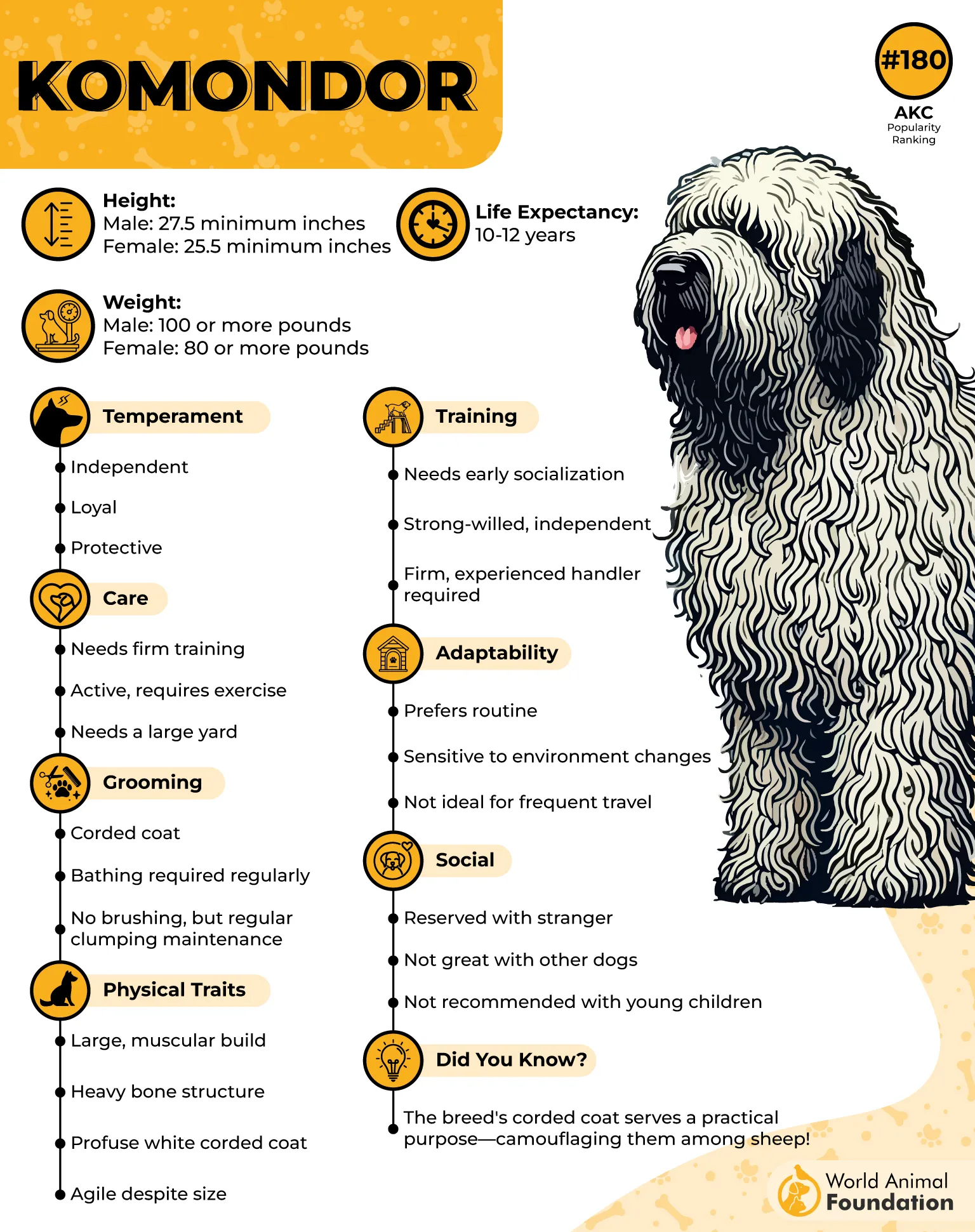
Agility and strength make Komondors especially effective in steep and uneven landscapes. Despite their large size, these dogs maneuver swiftly, quickly intercepting predators attempting to approach flocks. This physical capability deters threats long before they can cause harm.
Their temperament is characteristically calm and reserved when among sheep, fostering a peaceful environment. Unlike more vocal guardian breeds, Komondors rely more on keen observation and quiet vigilance. They conserve energy by remaining calm and attentive, only springing into assertive action when a genuine threat arises.
Proper training of Komondors requires patience, clear communication, and firm yet gentle authority from an early age. The breed is highly intelligent and responds positively to consistent leadership, though overly harsh discipline proves counterproductive.
Early socialization ensures their natural protective instincts are channeled constructively toward safeguarding their flock.
Fun Fact
The Komondor’s distinctive cords fully develop by around two years of age, eventually weighing over 15 pounds.
3. Tibetan Mastiff
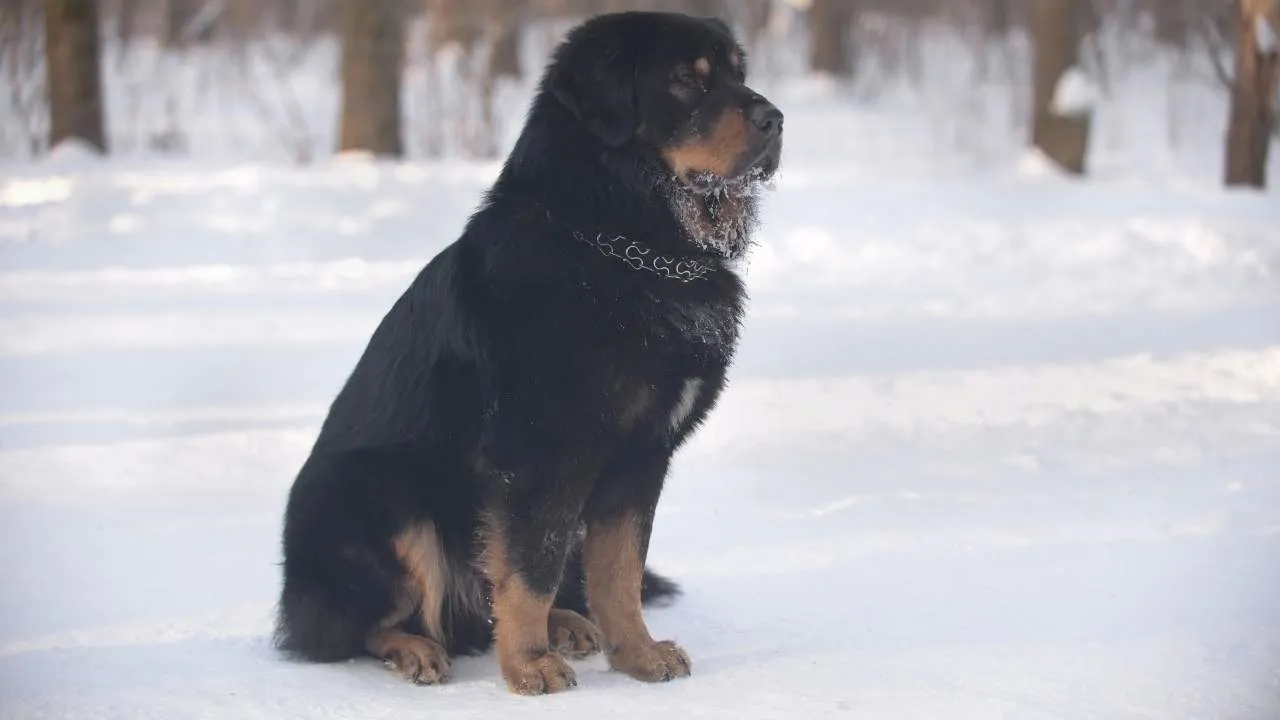
The Tibetan Mastiff, an ancient livestock guardian breed native to the Himalayas, has protected livestock from large predators, including leopards, for centuries.
Renowned for its impressive stature, thick coat, and muscular build, this breed is ideally suited for cold, mountainous environments. Its dense fur, especially thick around the neck, provides protection from harsh weather and bites from large predators.
Tibetan Mastiffs have extraordinary territorial instincts, often independently patrolling their designated area with remarkable diligence. Rather than needing constant guidance, they naturally gravitate toward elevated vantage points, strategically overseeing flock safety. Their presence alone significantly reduces predator attacks, preventing many confrontations before they occur.
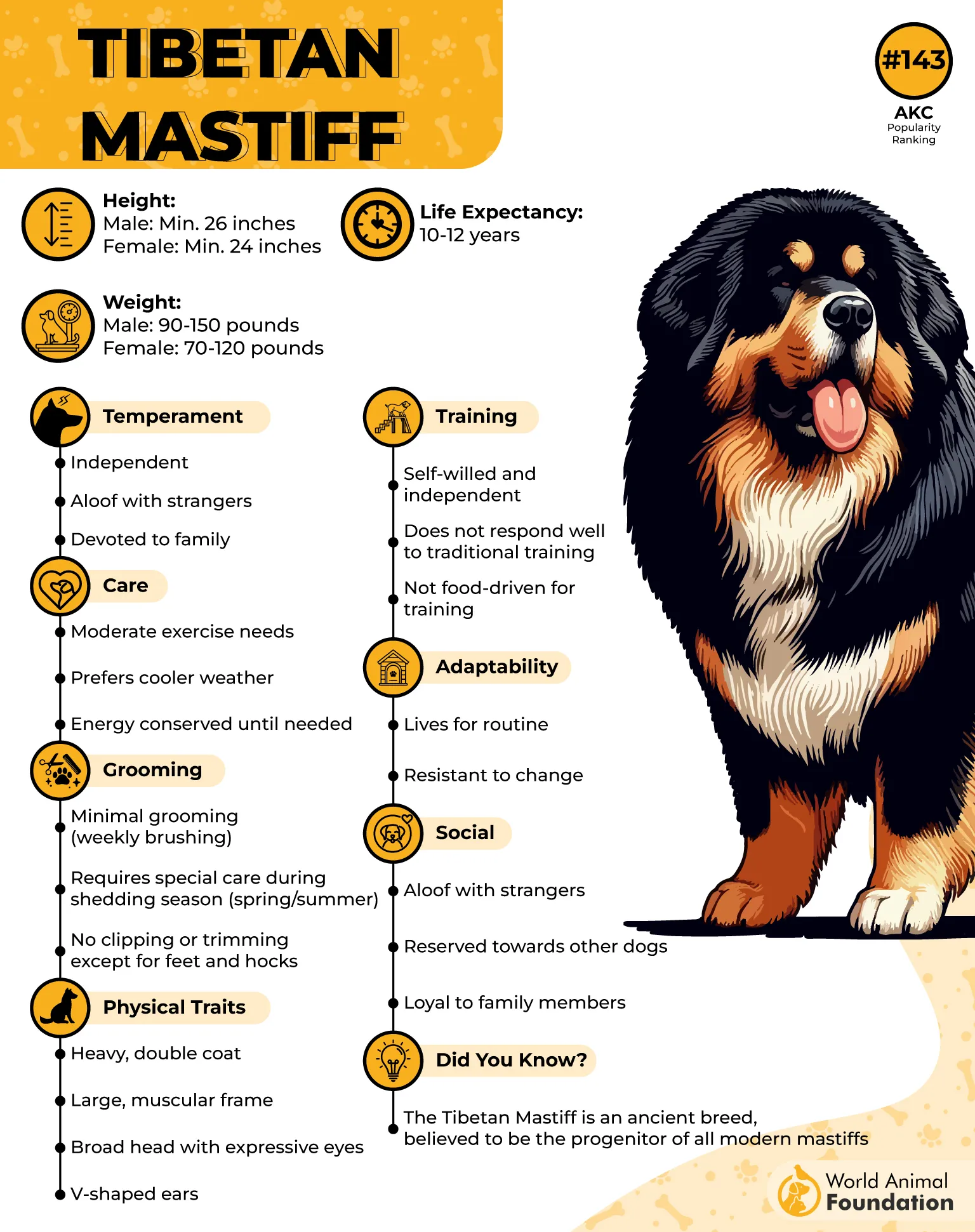
One of the breed’s notable strengths is its powerful, resonant bark, audible over large distances. They use barking strategically, issuing warnings to scare away potential predators long before they approach. This vocal deterrent is highly effective, minimizing physical engagements that could risk injury.
Despite their immense strength and intimidating appearance, Tibetan Mastiffs exhibit controlled behavior, rarely initiating unnecessary aggression. They respond only when genuine threats arise, carefully judging the severity of the situation. This measured approach ensures livestock remain calm while safely guarded against danger.
PDSA suggests that due to their independent and strong-willed nature, Tibetan Mastiffs require patient training with clear leadership established early. Positive reinforcement and mutual respect work best, ensuring their instincts are correctly channeled into effective protection. Properly trained, these dogs become steadfast guardians capable of handling even the harshest mountain conditions.
Fun Fact
Historically, Tibetan Mastiffs were prized gifts exchanged between royalty, symbolizing status and diplomatic goodwill across Asia.
4. Kangal
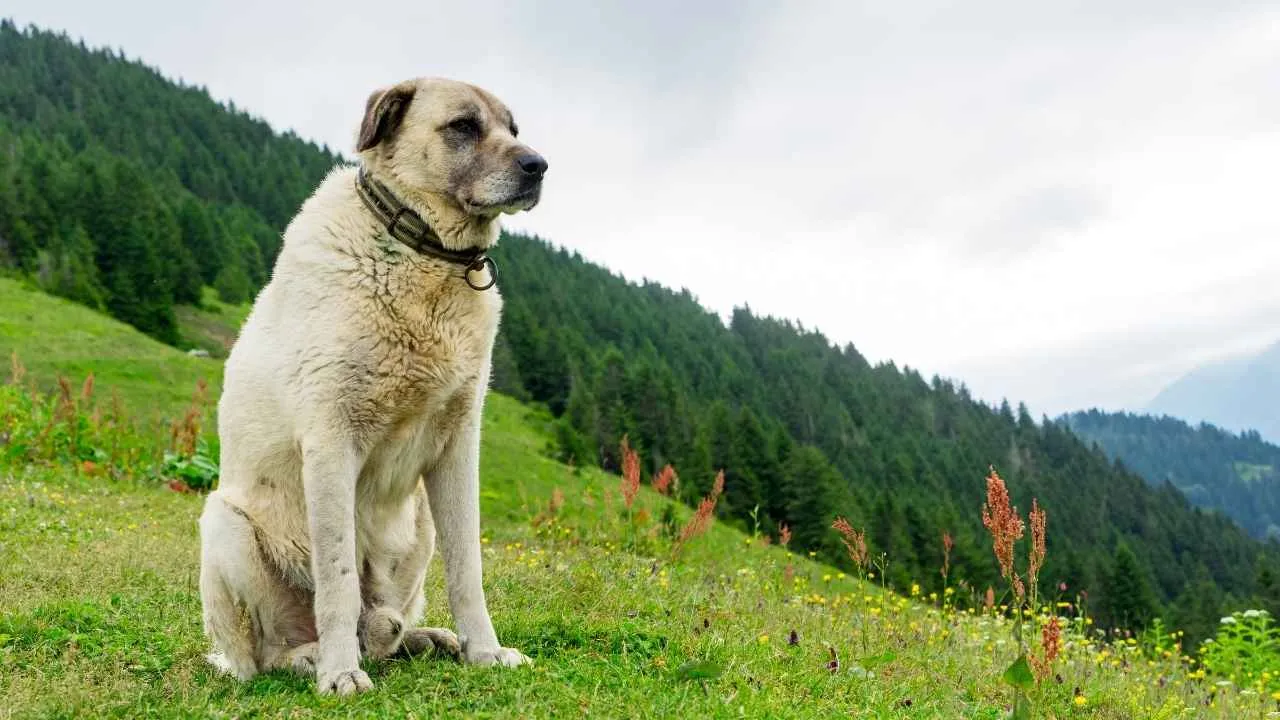
The Kangal Shepherd Dog, native to Turkey’s rugged Anatolian Plateau, is renowned for its fearless protection of livestock from large predators, including leopards. Possessing extraordinary strength and agility, Kangals can swiftly intercept threats across steep, rocky hillsides. Their short, dense coat provides essential protection from extreme temperatures typical of mountainous environments.
Highly independent and intelligent, Kangals are capable of making quick, accurate decisions without direct oversight from shepherds. Their protective instincts lead them to constantly patrol grazing areas, instinctively positioning themselves between sheep and potential predators. This autonomous nature allows shepherds to trust Kangals fully with flock safety.
The breed is notably calm and reserved around sheep, avoiding unnecessary excitement or alarm. Their composed demeanor helps keep livestock relaxed, significantly reducing stress within the flock. Kangals typically remain quietly observant, vocalizing warnings only when genuine threats emerge.
Kangal Shepherd Dogs have incredibly powerful jaws, among the strongest of any dog breed. This physical advantage, combined with their size and muscular build, equips them to confront predators directly when needed. Such strength is critical for deterring large predators like leopards from approaching sheep.
Training a Kangal requires patience and consistency due to their independent character. Establishing clear leadership early through gentle yet firm methods helps shape their guarding instincts positively. With proper guidance, Kangals become exceptionally reliable guardians capable of handling complex threats in rugged hill environments.
Fun Fact
Kangal Shepherd Dogs hold the record for the strongest bite force among dogs, measuring approximately 743 PSI (pounds per square inch).
5. Australian Cattle Dog
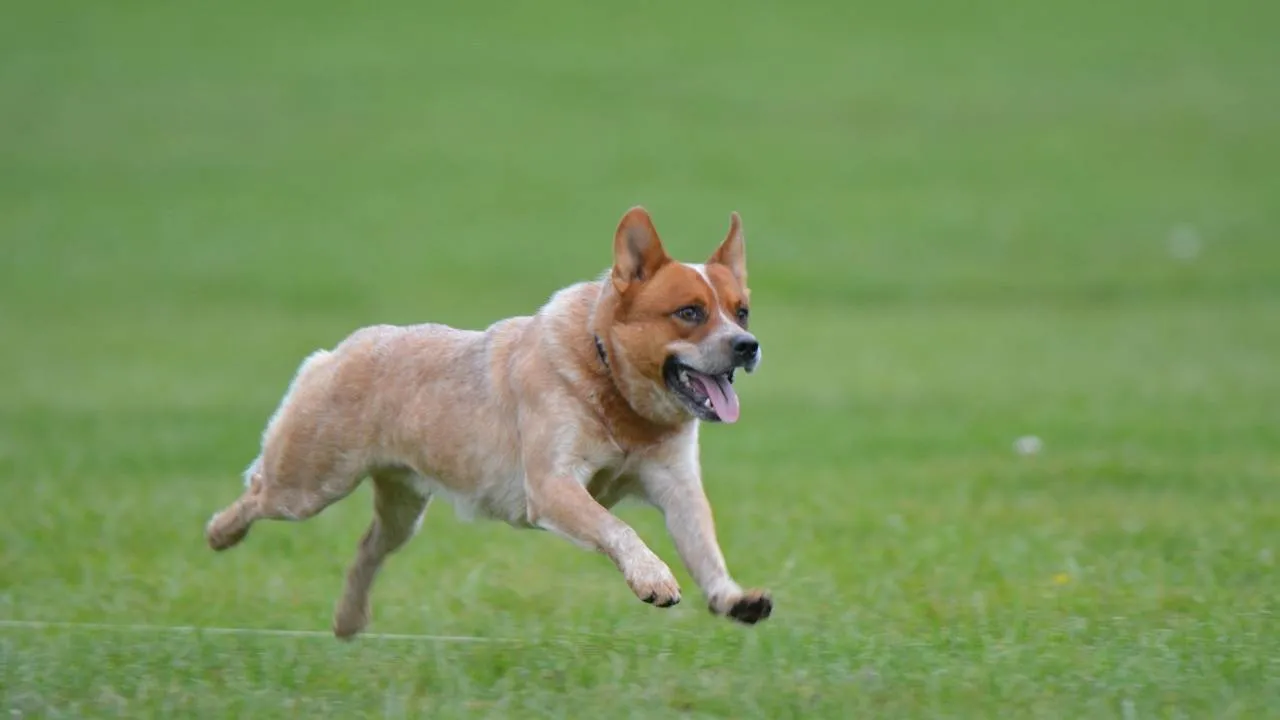
Originally bred in Australia for herding cattle, the Australian Cattle Dog (also called the Blue Heeler) is an exceptionally tough and resilient breed suited for challenging hill terrain.
While traditionally herders, their agility, alertness, and protective instincts also enable them to guard livestock effectively against threats, including leopards. Their muscular build and robust endurance help them maneuver swiftly over rough, mountainous ground.
Australian Cattle Dogs exhibit extraordinary intelligence, quickly learning complex commands and routines. Their keen observational skills enable them to detect subtle signs of predator presence early. This alertness ensures quick responses, often preventing attacks before they occur.
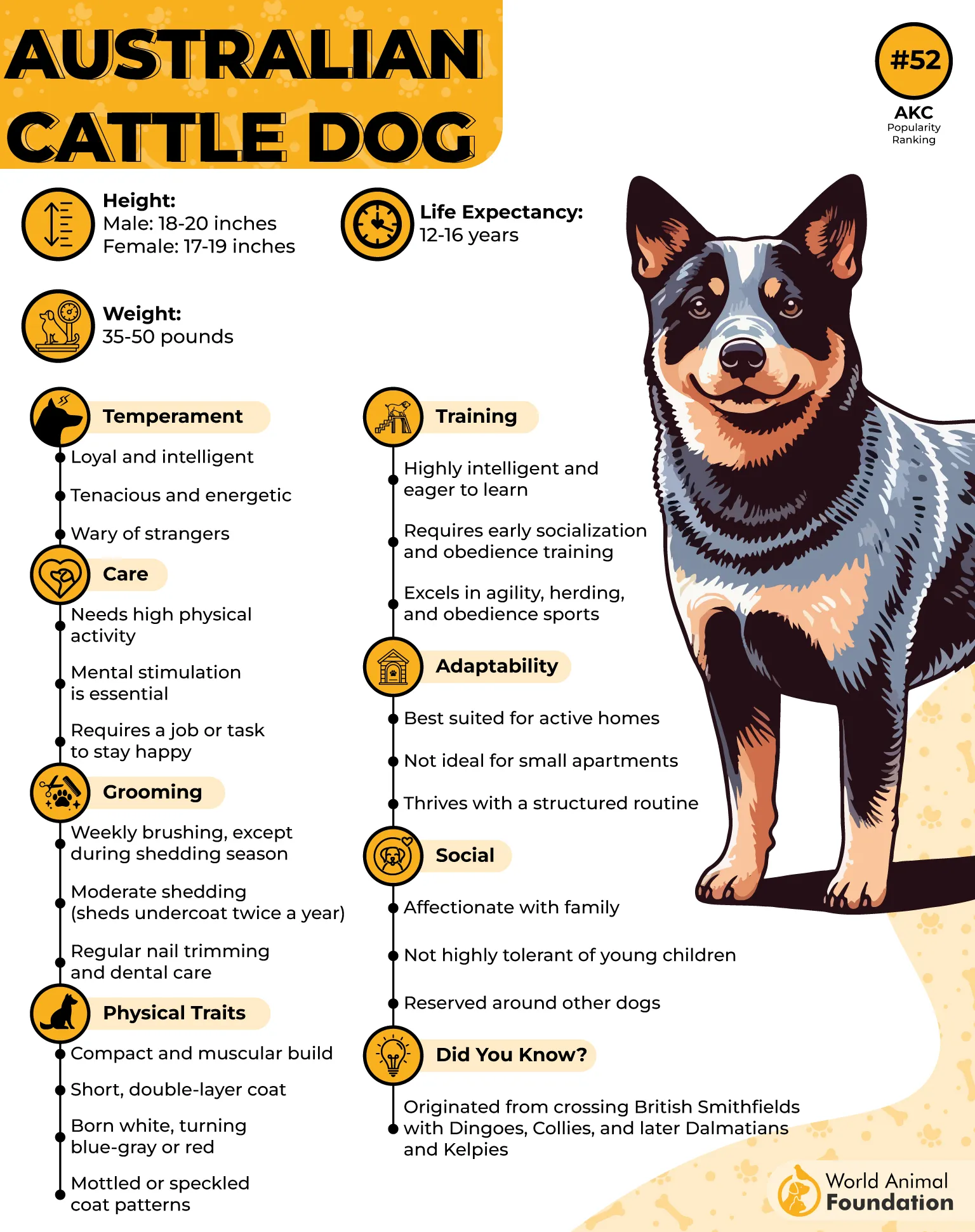
Though smaller than many traditional guardian breeds, Australian Cattle Dogs compensate through relentless courage and determination. Their fearless nature enables them to confront larger predators assertively, using strategic tactics rather than brute force. This tenacity often discourages predators despite their compact size.
Highly energetic and always vigilant, Australian Cattle Dogs consistently patrol their territory. Their constant movement around flocks helps discourage predators, who prefer vulnerable, isolated prey. Shepherds often rely on their active presence alone as an effective deterrent.
Due to their high intelligence and energetic nature, Australian Cattle Dogs require structured training and regular physical activity. Early obedience and clear leadership help harness their protective instincts effectively. A well-trained Australian Cattle Dog becomes a versatile guardian and an indispensable farm partner.
Fun Fact
The breed was developed by crossing Dingoes with British herding dogs, creating a uniquely resilient and agile herding and guarding dog.
6. Border Collie
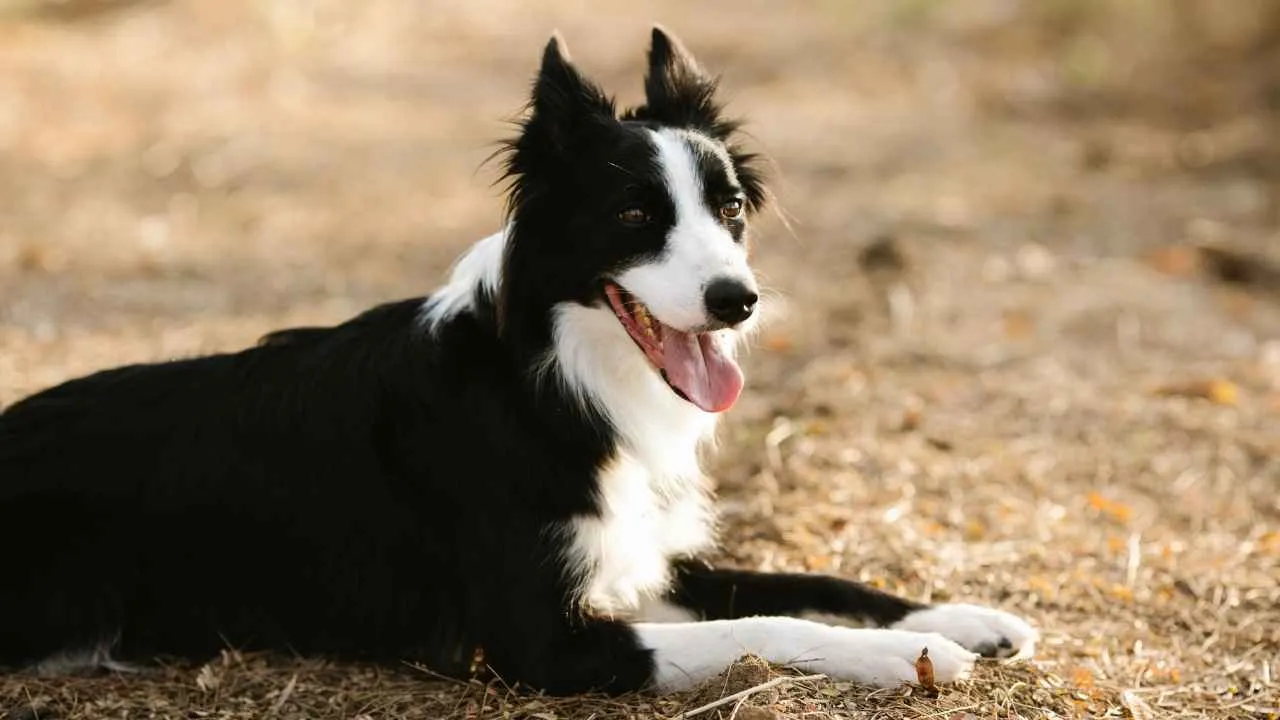
The Border Collie, famously originating from the borderlands between England and Scotland, is celebrated as one of the most intelligent dog breeds.
Primarily known for herding sheep, their sharp senses, agility, and keen awareness make them surprisingly effective at detecting and deterring predators like leopards in mountainous regions. Their ability to swiftly navigate rugged terrain ensures quick and efficient protection of livestock.
Border Collies are renowned for their extraordinary observational skills, able to anticipate threats even from subtle environmental cues. They utilize intense eye contact and strategic positioning to keep sheep grouped securely, reducing the likelihood of predator attacks. Their alertness alone often prevents predators from approaching the flock.
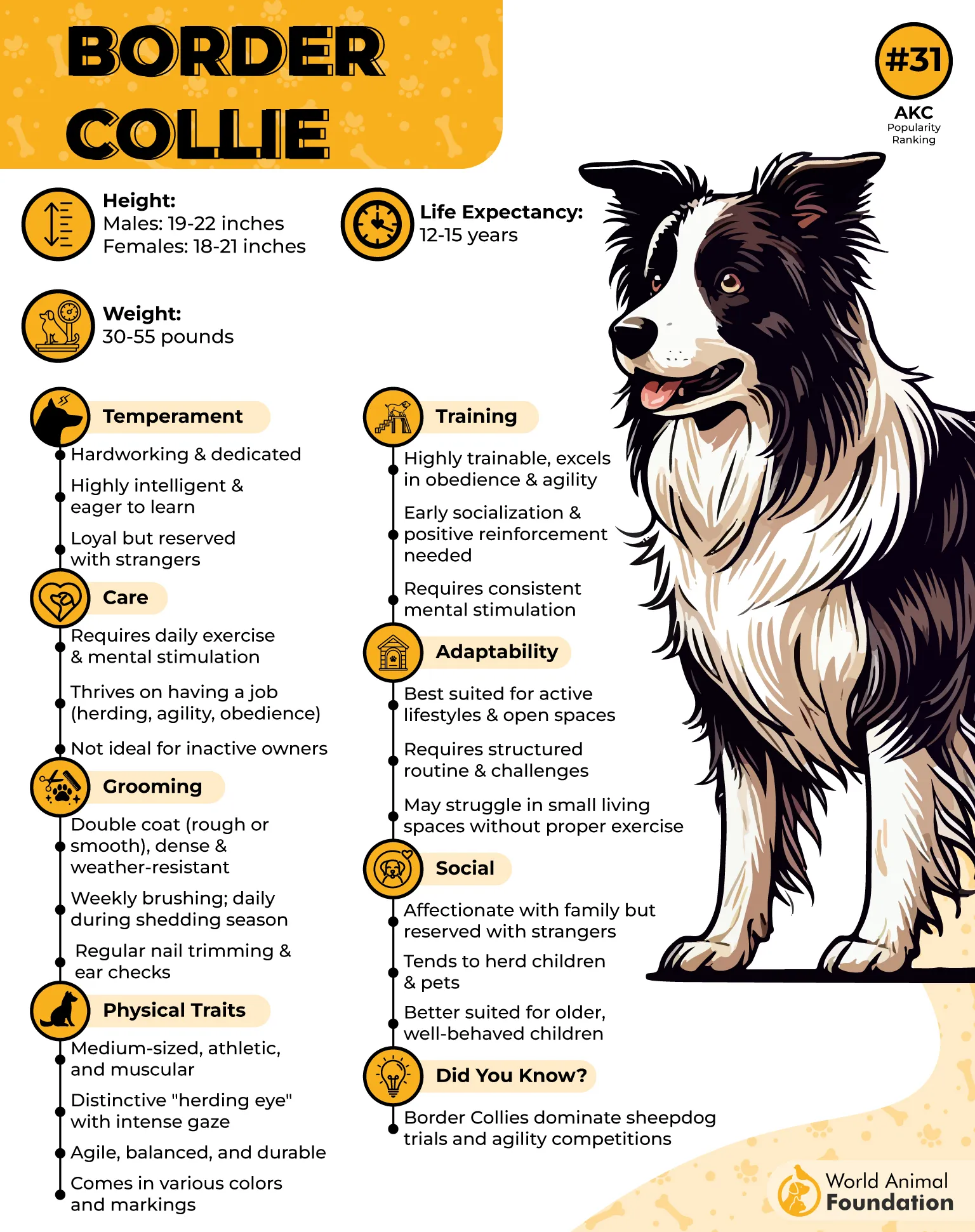
Despite their smaller stature compared to traditional guardian breeds, Border Collies show exceptional bravery. They confidently confront larger threats, often outmaneuvering predators through speed and intelligence rather than direct physical confrontation. Their strategic guarding style reduces risk while effectively deterring attacks.
Orvis states that Border Collies require structured tasks and rigorous training. Their keen responsiveness to commands allows shepherds to quickly deploy them in response to threats. This precise, directed guarding style complements their natural herding instincts.
Border Collies naturally form strong bonds with their handlers, thriving best with clear communication and leadership. This partnership allows shepherds to rely heavily on their judgment and quick decision-making abilities in critical moments. Properly trained, Border Collies offer exceptional versatility as both herders and guardians.
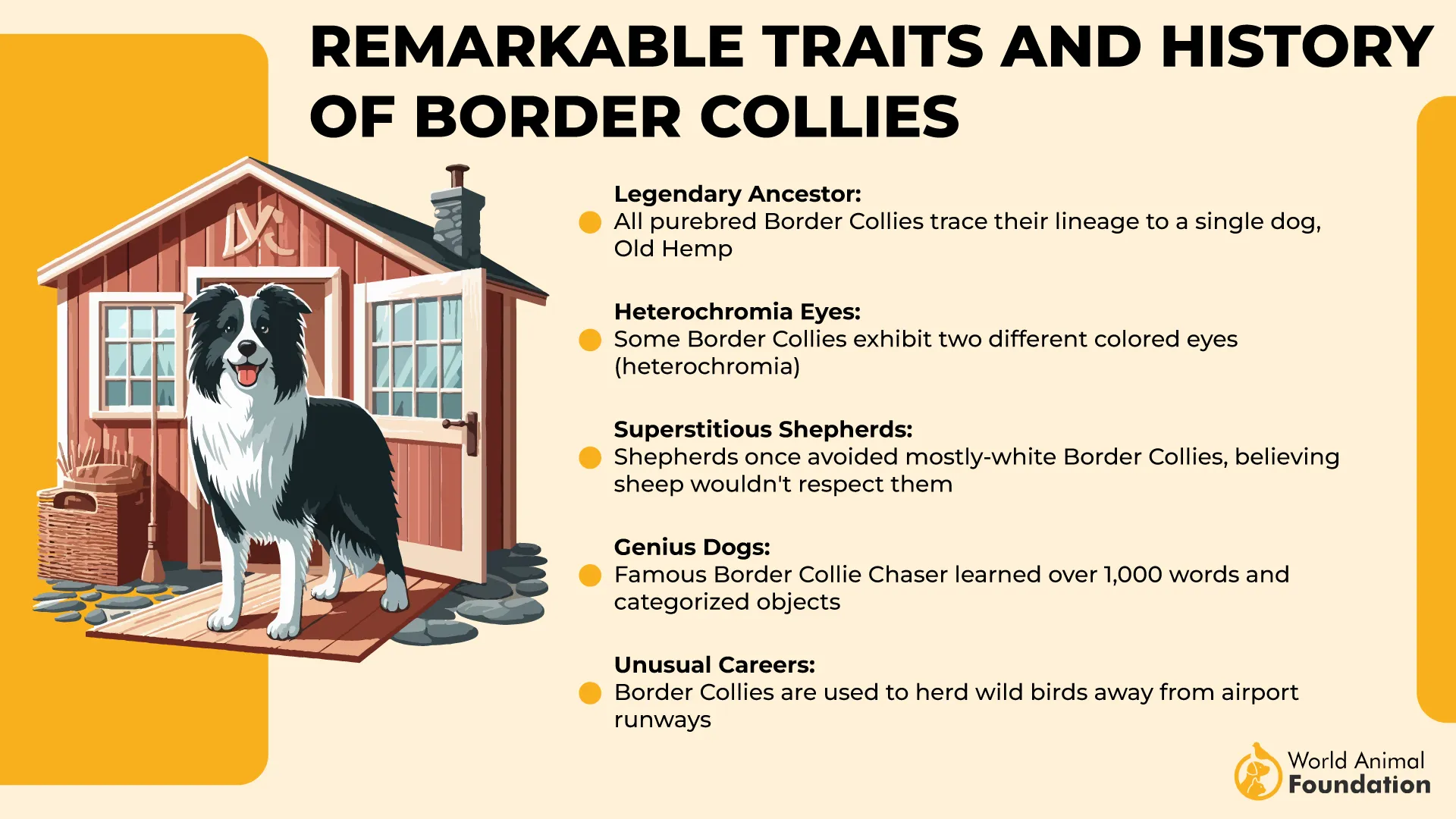
Fun Fact
Border Collies have consistently ranked as the world’s smartest dog breed, capable of learning commands and complex tasks with astonishing speed.
7. Maremma Sheepdog
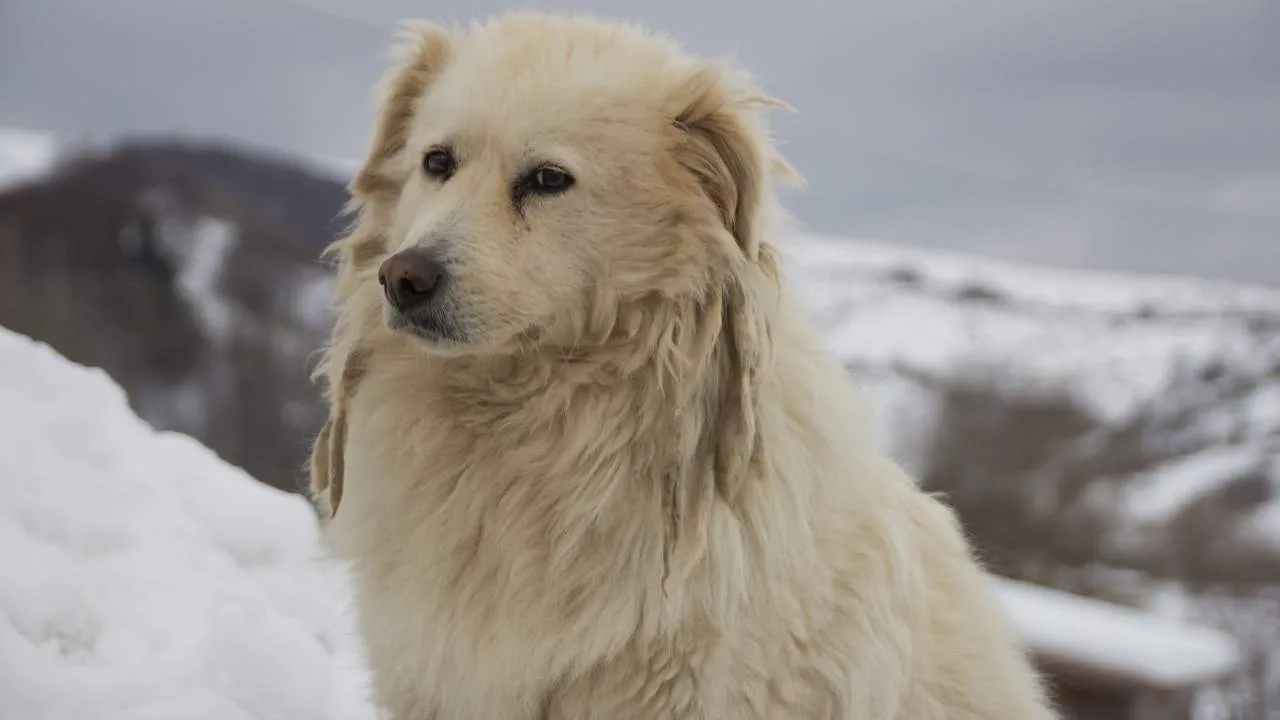
Originating in Italy’s rugged Apennine Mountains, the Maremma Sheepdog has earned a reputation as an exceptional guardian against predators such as leopards.
Its striking white coat not only offers insulation from harsh mountain weather but also helps it blend seamlessly among sheep, providing effective camouflage from predators. Its thick fur also offers additional protection from predator attacks.
Maremmas are naturally independent and excel at working alone, consistently patrolling large, remote pastures without needing shepherd oversight. This independence is crucial, as sheep often graze in isolated hillside areas where human supervision is limited. Their reliable judgment ensures a swift response to any potential threats.
Despite their strong protective instincts, Maremma Sheepdogs are calm and gentle with their flocks. This mild temperament is crucial for maintaining a stress-free environment among sheep, even when threats are near. Their quiet vigilance ensures that livestock remain calm, avoiding unnecessary panic.
Maremmas possess remarkable physical stamina, allowing them to patrol mountainous terrain tirelessly. They move quickly and efficiently across steep slopes, often intercepting threats before predators get close to the flock. Their physical endurance enables continuous monitoring of vast areas, enhancing flock safety significantly.
Training a Maremma requires patience and consistency due to their naturally independent nature. Positive reinforcement and gentle yet firm guidance help shape their protective instincts effectively. With proper training, Maremmas become trustworthy guardians, indispensable in mountainous livestock farming.
Fun Fact
In Australia, Maremma Sheepdogs famously protect endangered penguins from foxes, demonstrating their versatility as livestock and wildlife guardians.
Conclusion
Livestock guardian breeds have protected sheep, goats, and other animals since ancient times, from the Himalayan mountains to Central Asia. Their protective instincts, combined with gentle temperament,s make them excellent watchdogs, trusted with small children, other pets, and livestock alike. Many of these working dogs, like the Anatolian Shepherd and Maremma Sheepdog, are historically admired for bravely confronting predators such as wolves, bears, leopards, and wild boar.
Other breeds, such as the Belgian Malinois and Cane Corso, have served crucial roles since the Roman Empire, excelling in military, police, and hunting work. Their highly trainable personalities allow them to thrive in dog sports, providing essential mental stimulation and physical exercise. Breeds with massive builds and thick double coats, known affectionately as gentle giants, make especially loving family pets.
Recognized by organizations like the AKC, these versatile dogs remain valued for their loyalty, bravery, and devotion. Whether guarding livestock across long distances, driving cattle, protecting homes, or simply enjoying companionship with children and other dogs, their affectionate yet courageous nature continues to endear them to families and shepherds worldwide.


